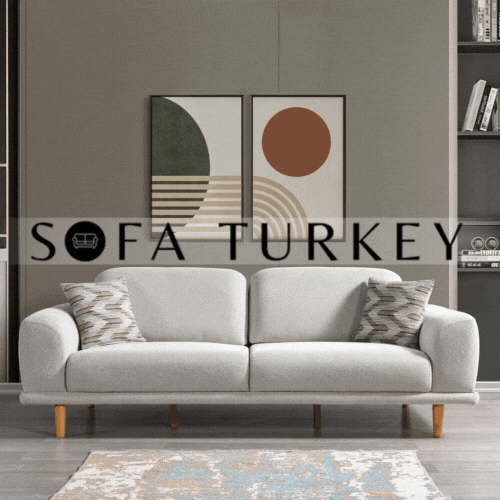Ottoman Miniature or Turkish miniature was an art form in the Ottoman Empire, which can be linked to the Persian miniature tradition,[1] as well as strong Chinese artistic influences. It was a part of the Ottoman Book Arts together with illumination (tezhip), calligraphy (hat), marbling paper (ebru) and bookbinding (cilt). The words taswir or nakish were used to define this art in Ottoman language. The studios the artists worked in were called Nakkashane. The miniatures were not signed. This is partly because of the world view of the tradition that rejected individualism. Another reason is that the works were not created entirely by one person: The head painter designed the composition of the scene and his apprentices drew the contours (which is called tahrir) with black or colored ink and then painted the miniature without creating an illusion of third dimension. The head painter, and much more often the scribe of the text were named and depicted in some of the manuscripts. The understanding of perspective is different from that of European Renaissance Painting tradition and the scene depicted may include different time periods and spaces. The miniatures followed closely the context of the book, resembling illustrations of the picture books today. The colors were obtained by ground powder pigments mixed with egg-white and later with diluted gum arabic. The colors were brilliant. Contrasting colors were used side by side with warm colors that reminds us of the 20th century avant-garde painters’ approach in color selection. The color nuances of the same shade were applied in a masterly fashion. The most used colors were bright red, scarlet, green and different shades of blue.
The world-view underlying the Ottoman miniature painting was also different from that of European Renaissance Painting tradition. The painters did not mainly aim to depict the human beings and other living or non-living beings realistically, although increasing realism is found from the later 16th century onwards. Like Plato, they despised mimesis because according to the world view of sufism the appearance of worldly beings was not permanent and worth devoting effort to. The Ottoman artists wanted to hint at an infinite and transcendent reality (that is Allah, according to the Sufism’spantheistic point of view) with their paintings so they stylized and abstracted everything depicted.















